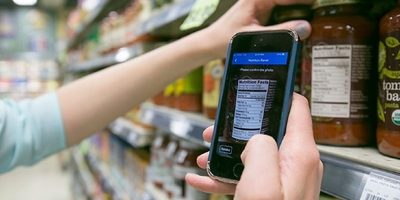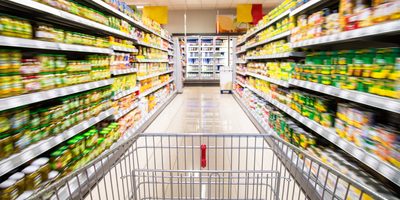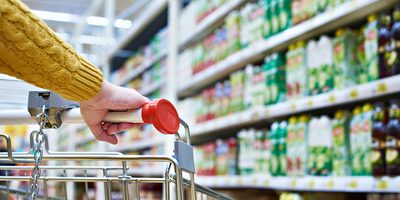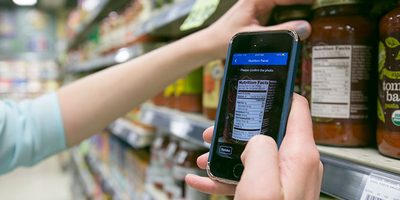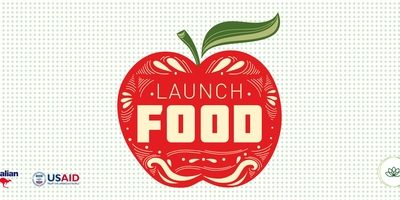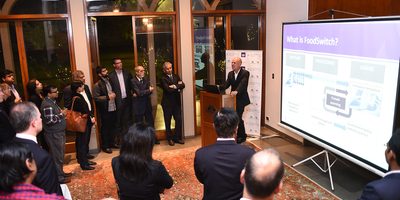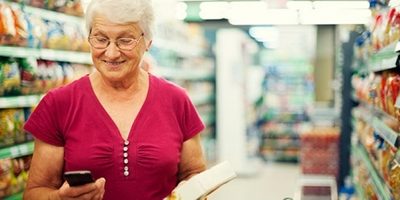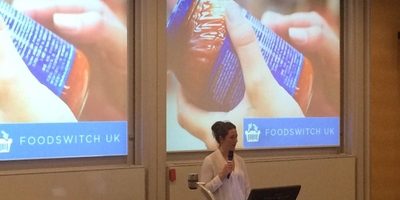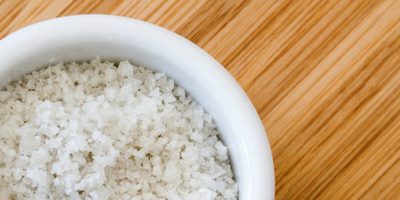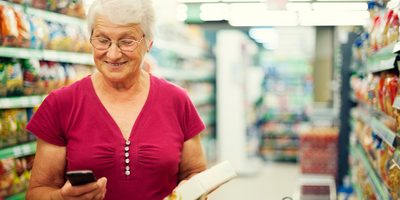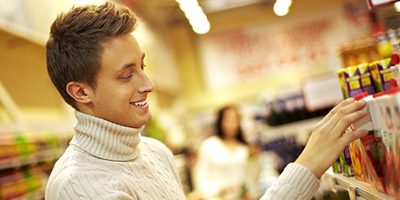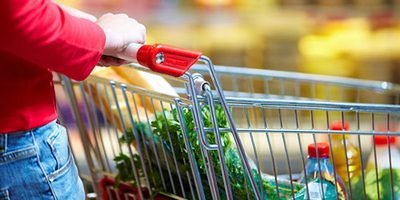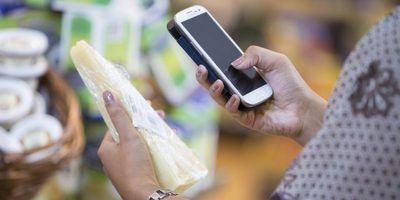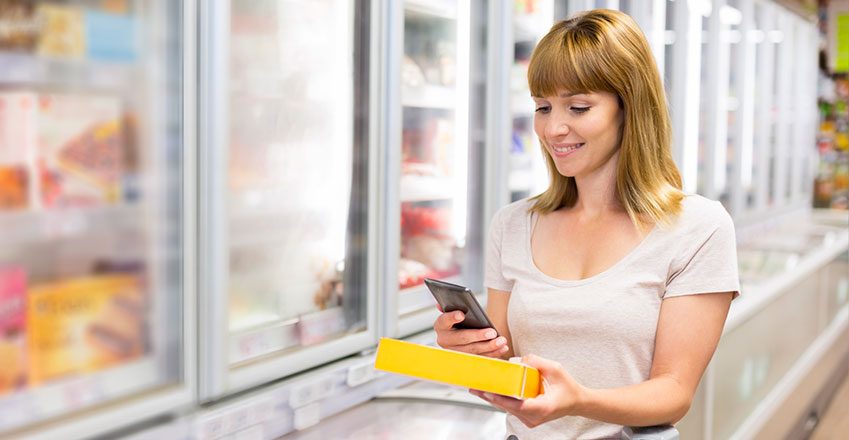
FoodSwitch App
FoodSwitch
The purpose of FoodSwitch is to bring transparency to the world’s food supply with a vision of an optimised food system for human health and the health of our planet.
There are many studies highlighting the link between diet, ill-health and disease. Globally, 1 in 5 deaths are associated with poor diet, with cardiovascular disease being the biggest contributor, followed by cancers and type 2 diabetes. Additionally, it is estimated that between 30% and 40% of global greenhouse gas emissions (GHGe) are attributable to the food system.
To achieve this, we collect and analyse data from packaged food labels and currently hold food composition data from 17 jurisdictions worldwide. The data is used for research and advocacy to influence government policy and industry practice toward improved food environments. Additionally, our FoodSwitch App allows consumers to make better food choices by providing simple health and nutrition information on a scanned product and suggesting healthier alternatives to 'switch' to.
Recognising the global challenge of climate change and environmental degradation, we have applied our data to estimate the carbon impact of packaged foods and have developed a Planetary Health Rating to score packaged food items in Australia on the basis of their estimated greenhouse gas emissions. We have also created the ecoSwitch app – that uses this rating system to help consumers choose better foods for our planet.
The FoodSwitch and ecoSwitch apps are available in Australia and can be downloaded here:
The FoodSwitch app is also available for download in the following countries:
- FoodSwitch China - [Android] [iOS]
- FoodSwitch Fiji - [Android] [iOS]
- FoodSwitch Hong Kong - [Android] [iOS]
- FoodSwitch India - [Android] [iOS]
- FoodSwitch Kuwait - [Android] [iOS]
- FoodSwitch New Zealand - [Android] [iOS]
- FoodSwitch South Africa - [Android] [iOS]
- FoodSwitch United Kingdom - [Android] [iOS]
- FoodSwitch USA - [Android] [iOS]
How FoodSwitch works
The FoodSwitch app works by using your mobile phone camera to scan the barcode of a packaged food. It then uses science-based algorithms to calculate and then display simple nutrition profiles of the food
Scan
Scanning the barcode of a packaged food will find the data and calculations held in our database. This is presented as easy-to-understand nutrition information that can be viewed as either a Health Star Rating (HSR) or traffic-light coloured icons for key nutrients and energy.
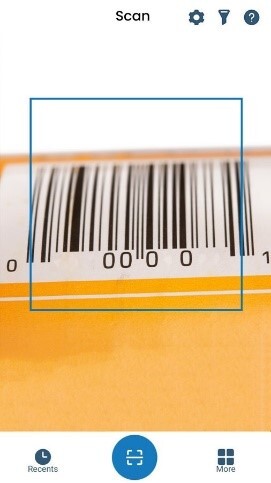
Viewing mode
The 'Health Star Rating' scores a food between 0.5 stars (least healthy) to 5 stars (healthiest). In the Traffic Light viewing mode, colour-coded icons show the amount of adverse nutrients such as fat, salt and sugar. Green indicates a healthier choice with lower levels of these nutrients, amber has medium levels, with red indicating higher levels and is least healthy.
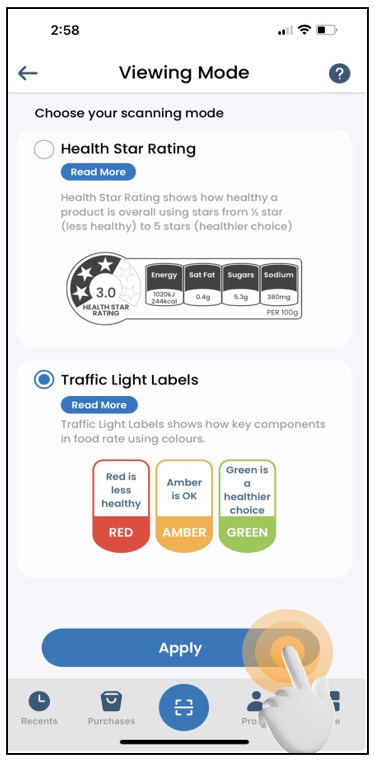
Healthier choices
As well as the nutrition information, FoodSwitch displays a list of similar products that you can switch to as a healthier choice.
FoodSwitch generates healthier choices by calculating the overall nutritional quality of different foods and comparing them. It uses the Health Star Rating algorithm to assess a range of different factors important to general health.
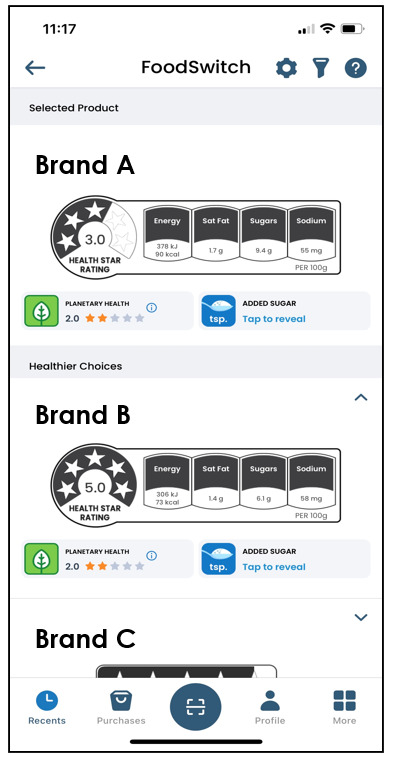
Switches
FoodSwitch comes with alternative Switches based on different health interests. In SaltSwitch, EnergySwitch, FatSwitch or AddedSugarSwitch, the algorithm adapts the results based on the amount of the relevant nutrient – e.g. the amount of added sugar in the product.
FAQs
What is FoodSwitch?
FoodSwitch gives you immediate, easy-to-understand information about packaged food products, as well as a list of similar foods that are healthier choices. You can access this through the app by scanning the product barcode using your smartphone camera.
Each nutrient in a product in FoodSwitch has been rated and by using the colour-coded Traffic-Light Labels, it makes it easy to see how healthy a food is based on nutrients like total fat, saturated fat, sugar and salt.
How do I understand the results if I’m viewing results in Health Star Rating mode?
Each product you see in FoodSwitch has been rated for its amount of energy, saturated fat, sugar and salt, as well as for other important food components including protein, dietary fibre, fruit vegetables nuts and legumes (FVNL) content, and for some products, calcium. The Health Star Rating (HSR) considers all of these factors to give you an idea of how healthy the product is overall; a lower star rating indicates a less healthy choice and a higher star rating indicates a healthier choice.
How do I understand results in Traffic Light Label mode?
Each product in FoodSwitch is rated for its total fat, saturated fat, sugar and salt content. The Traffic Light ratings tell you if a product is low (green), medium (amber), or high (red) in these food components, based on widely-accepted nutritional standards.
How are healthier choices identified?
The app identifies healthier choices by comparing the overall nutritional value of foods. The algorithm used is based on the nutrient profiling system, which was originally developed by Food Standards Australia New Zealand. It takes into account the different factors important to good nutrition, including fats, sugars, salt, energy, protein, dietary fibre, fruit vegetables nuts and legumes (FVNL) content, and (for some products) calcium.
Why is there a difference between the amount of salt displayed in FoodSwitch and the amount of sodium on the nutrition label of the packaging of a product?
FoodSwitch in Traffic Light Label mode displays values for salt, while the nutrition label on the packaging of a product usually lists sodium. The difference is that salt is made up of sodium and chloride. To get the salt content of a product, you would need to multiply the amount of sodium by 2.5. FoodSwitch has already done this calculation for you.
Where does the nutritional information come from?
FoodSwitch is powered by a large, independent packaged food products database. However, because there are always new products coming on the market and some products are only available in certain areas, not all food products available in your country are in the database yet. This is why we encourage FoodSwitch users to help us add to the database using the “help us out” functionality.
How can you be sure the information on the food label is correct?
We trust manufacturers to put the correct information on label. If something unusual is noticed please use the “Report Issue” function in the app to send us information.
What if the product I scan isn’t in the database?
If you scan a packaged food product that isn’t in the database, you’ll be invited to help us out, by taking four photos – one of the barcode, one of the front of pack, one of the nutrition label and one of the ingredient list. FoodSwitch will then automatically email these pictures to us to validate the item and add it to the database.
Please note that with users contributing hundreds of photos to the database every day, it can take some time for the product to appear in the FoodSwitch app. We also need to complete a series of quality control checks before listing products on the app.
Why are the products listed in the Healthier Choices not available in this store?
Products may be listed in several retailers or sometimes only in one. Also, products may only be available in certain sized stores or in certain regions. The app lists healthier choices that have been captured on a national basis and so may not be available at a particular store.
How can I be sure the information is correct?
The database is updated regularly and undergoes several stages of check. If you find an error, please contact us on the website, or by email at foodswitch@georgeinstitute.org.au.
Do you have any relationship with food manufacturers? Will they provide any funding to you so that their product can be recommended?
We have no commercial relationship with any food manufacturers that would affect information presented. Products are rated using science-based methods and alternatives are recommended solely on the basis of their healthiness.
Why are we using Australian-based algorithms and UK-based standards? How do we think these are applicable for global consumers?
The health issues caused by packaged foods are essentially the same irrespective of nationality. Excess quantities of salt, sugar, harmful fat and calories are a problem for everyone. The Australian and UK profiling models have undergone a lot of scrutiny and validation.
Is the ‘Healthier Choice’ recommendation good for all customers?
The healthier choices we suggest are based on typical adult consumers. People with particular diseases like high blood pressure or high cholesterol may need more specific advice.
What is front-of-pack (FoP) labelling?
Around the world, compulsory food composition labelling on packaged food products needs to include a nutrition label. This is often found on the back of the product in very small print. Studies show that the nutrition label only influences the food purchases of a small minority of people who are very motivated and well informed about how to make healthier food choices. Many studies suggest that front-of-pack (FoP) labelling systems such as the Health Star Rating can help consumers interpret the information and make healthier food choices.
Why use Health Star Ratings?
In June 2014, the Australian government agreed to the voluntary implementation of an interpretive ‘Health Star Rating’ (HSR) front-of-pack labelling system for packaged foods in Australia. The HSR System is based on an algorithm that awards a star rating, based on the quantity of specific food components within the product, which gives you an idea of how healthy the product is overall – a lower star rating indicates a less healthy choice and a higher star rating indicates a healthier choice.
The HSR system then makes it easier for you to compare similar products within a food category, based on their number of stars. This highlights that while all foods can have a place in your diet, some are better for you than others.
Why use Traffic Light Labels?
Research shows some people find colour-coded labelling easier to understand than other systems. The Traffic Light Labels display colour ratings based on 100g of a product. This helps consumers compare products quickly and easily. If a specific nutrient of a product has any nutritional data missing, it will appear in grey with a dash (-) under the nutrient that is missing.
How do I get the FoodSwitch app?
Download FoodSwitch from either the Apple App Store or Google Play store using your mobile device.
The app is free of charge. An internet connection (mobile data or Wi-Fi) is required to download it. Standard usage charges may apply if using mobile data – check with your internet and mobile service providers for more information.
Can I use the app outside my country?
FoodSwitch is designed specifically for each country and is different in each country in which it is released. This is because the barcodes on foods are specific to each country. For example, if you use the Australian version of FoodSwitch outside of Australia it will likely give incorrect results.
How do you estimate added-sugar in a product?
The 10-step method builds on an initial research study that estimated added sugar values on the basis of analytical data and ingredients in FoodSwitch. This method has been modified to apply to packaged food products in FoodSwitch. The method is summarised in more detail below:
Steps 1&2 - Products are evaluated directly, based on the nutrition information available on the label.
Step 3&4 - Products are evaluated based on the presence or absence of added sugar ingredients.
Step 5&6 - Products are evaluated based on their food category - those assessed as being unprocessed or minimally processed with no added sugar (Step 5) and then those that generally contain minimal amounts of naturally occurring sugar (Step 6)
Step 7 - Products are evaluated based on nutrition information (lactose) declared on the label.
Step 8 - Products are evaluated by comparing to a similar reference food with no added sugar
Step 9&10 - Products are evaluated based on a category proportional method whereby the category is assigned the same proportion of added sugar as a reference category (Step 9) with the remaining categories assigned 50% of sugars as added sugar (Step 10).
Limitations
Category level assignments and other assumptions are made in assigning a food an added sugar value. There are therefore inherent limitations in the accuracy of the value assigned to any food without added sugar information on its label. FoodSwitch will continue to develop the approach to provide more accurate estimates for added sugar.
Who do I contact if I have a question that hasn’t been answered here?
You can give feedback or ask a question by email at mobilefeedback@georgeinstitute.org.au
TERMS OF USE
Download and read the FoodSwitch Global Terms of Use (PDF 115KB)
Download and read the FoodSwitch Australia Terms of Use (PDF 305KB)
PRIVACY POLICY
Download and read the FoodSwitch Australia Privacy Policy (PDF 114KB)
DISCLAIMERS
© The George Institute for Global Health 2017.
FoodSwitch provides nutritional information based on a scientific algorithm developed by The George Institute for Global Health and is licensed from time to time to individual Sponsors to agreed territories.
The information has been developed and reviewed by health professionals and to the best of our knowledge is current and based on reputable sources of evidence at the time of publishing. Whilst every care has been taken to ensure the accuracy of the data, no warranty of this accuracy is provided. Some data required by the algorithm have been estimated to enable ranking of products. All users, especially those with special dietary requirements or food sensitivities, should assess the accuracy and relevance of this information for their personal circumstances.
The information should be used as a guide only and should not be relied upon as a substitute for professional medical advice. The George Institute along with their sponsors and related entities are not liable for any loss or damage you suffer arising out of the use of or reliance on the information, except that which cannot be excluded by law. For further Terms of Use please visit https://www.georgeinstitute.org.au/sites/default/files/foodswitch-terms-of-use.pdf.
We recommend that you consult your doctor or other qualified health professional if you have questions or concerns about your, or your family’s health.
1 iTunes and iPhone are trademarks of Apple Inc., registered in the U.S. and other countries, App Store is a service mark of Apple Inc.
2 Android and Google Play are trademarks of Google Inc




